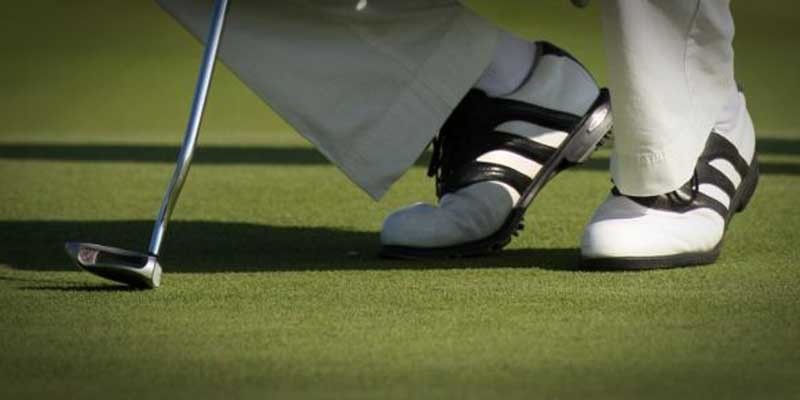Ian Rae has a question for both the optimists and the pessimists in the development of Scotland’s next generation of professional golfers ”do you really understand how difficult this is?”
The long-time Scottish national coach gets plenty of advice not all of it friendly from critics about the programmes to develop professional golfers, but he admits the unrealistic expectations of many of the developing players themselves is an equal problem.
And breaking down the figures, it often seems that there’s better job prospects in astrophysics than professional golf.
”Every week on the main Tour and Challenge Tour, there’s only about 300 people playing top-class professional golf in Europe, and they’re coming from all over the world,” explained Rae.
”There’s 30 Tour cards a year to get on the main tour, but realistically there’s only about six for new guys because so many are taken up Tour players looking to get back or Challenge Tour guys coming up.
”So for a guy starting from amateur golf there’s only 15 to 20 places available on the two big tours. It’s really tough and guys wanting to turn pro have to understand just how tough it is.”
For Scots, it’s no easier than any other nation. Taking as an example the last mid-September week when both tours had fully-fledged events, there were 18 Scots in total competing at the Italian Open in Turin on the main tour and the Kazakhstan Open on the Challenge Tour.
That’s 6% of all those competing, almost exactly the same percentage of Scotland’s registered golfers in Europe’s total of 4.2 million.
Scotland is therefore punching its weight, which is slightly encouraging given that the ‘Home of Golf’ advantage has lost its currency as the game goes global.
”We’ve got a boys’ squad, a development squad and a main squad, and to a man or boy they all want to turn pro, but the stats tell us they ain’t going to make it,” continues Rae.
”There’s only one amateur who made it through to the Q School final stage last year in both of the big tours. Put 10 guys in a training room and the stats say that if you get one who makes it you’re doing okay.”
Despite all the programmes, the assistance and the benefits to the amateur players, the only accurate defining mark for Rae is the pedigree of winning big events at all levels.
”Players like Richie Ramsay, Stevie Gallacher and, of course, Rory McIlroy had a great pedigree, so it was easier to predict that they had a great chance,” he continued.
”I get guys coming to me saying ‘I’m turning pro because I can’t get in the Scotland amateur team’, or they can’t get into the high ballot amateur competitions like the Links Trophy or the Amateur Championship.
”To me, if you can’t even get in events at that level, should that not tell you something?”
Even exceptions like Paul Lawrie, who came up through the club professional route, had pedigree from winning consistently at all levels, argues Rae.
Kazakhstan saw one product of the SGU system, former Scottish Amateur champion Scott Henry, win and book his tour card for 2013.
”Everybody is going to be different coming through, but there are very few who make it early. Rory and Matteo Manassero are the exceptions, but they’re exceptional talents.”
